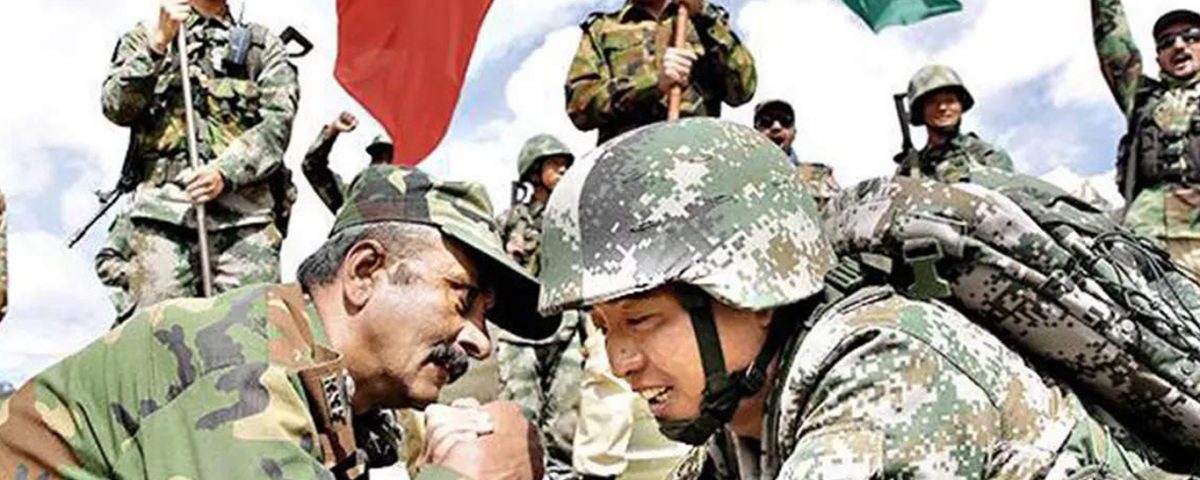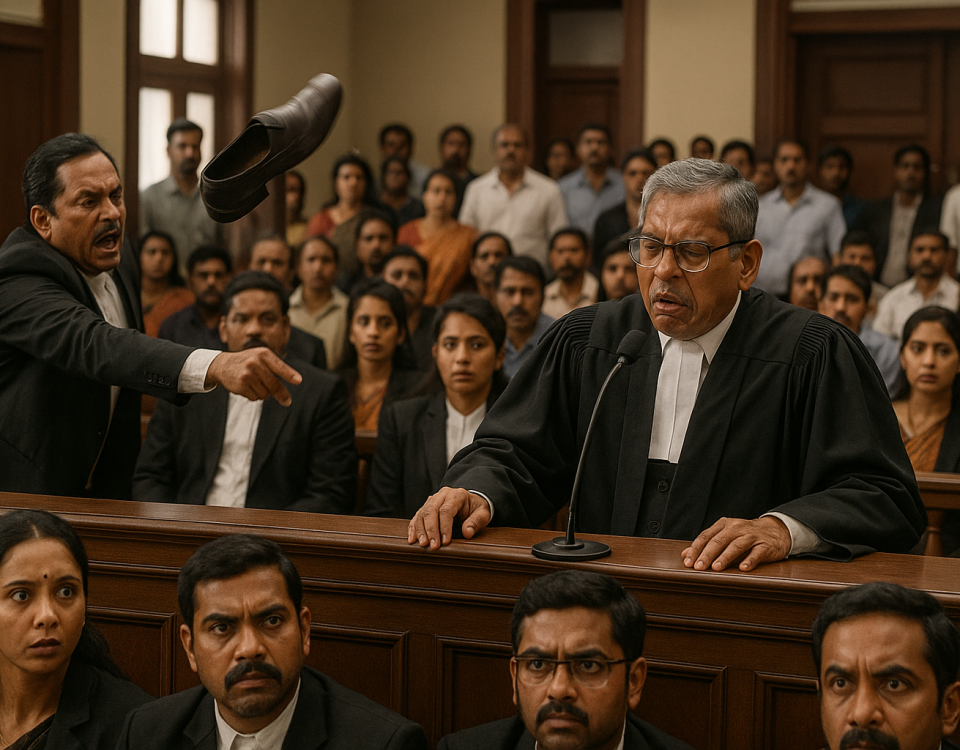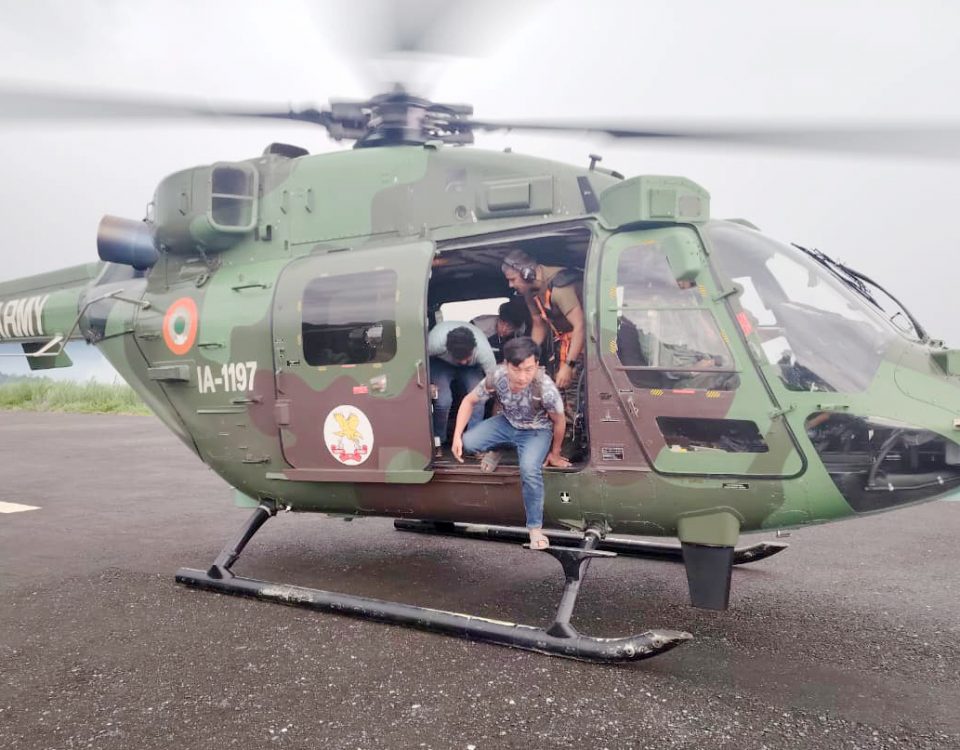“China’s Galwan Misadventure Unveiled: Concealing Truth and Distorting Reality”

- The Chinese government, along with its patriotic social media users, portrayed the violent clashes that occurred on June 15, 2020, as a way to recruit young people into the People’s Liberation Army (PLA). Before the anniversary, Twitter accounts suspected to be connected to China and Pakistan were sharing graphic images and videos that portrayed the Indian Army negatively and the PLA as a superior force.
China recently observed the third anniversary of the skirmish between the PLA and the Indian Army in the Galwan Valley. The Chinese government, with support from its patriotic social media users, presented the violent clashes on June 15, 2020, as a means to recruit young people for the PLA.
Leading up to the anniversary, Twitter accounts, believed to be associated with China and Pakistan, spread graphic images and videos that aimed to portray the Indian Army in a negative light and elevate the PLA’s status.
On one hand, the PLA aims to depict its actions along the Line of Actual Control (LAC) as a source of inspiration for Chinese youth to join its ranks. On the other hand, by spreading false or exaggerated anti-India claims, the PLA seeks to gain an advantage in the information and psychological domains. This includes leaking photos of injured Indian soldiers and sharing their personal information on social media. The use of hashtags like ‘SouthernTibet’ to refer to Arunachal Pradesh is also intended to support China’s territorial claims. These practices highlight the importance of factual accuracy and understanding the situation on the India-China border.
There is strong evidence from multiple international news sources that the PLA suffered higher casualties, with over 40 troops lost compared to India’s 20 soldiers. In terms of military capabilities, the Indian Army and Air Force have deployed a significant number of personnel and improved their combat readiness along the disputed border. Over the past three years, India has also focused on strengthening its border infrastructure, including defences, airstrips, and surveillance systems.
India recognizes the importance of border infrastructure for the socio-economic development of these regions, promoting trade, tourism, and local growth. While China has made advancements in border infrastructure, its actions in Tibet and Xinjiang and military expansion face challenges.
India now has significant advantages over China in this strategic competition. The Himalayan terrain favors India’s defensive posture, and its soldiers are experienced in mountain warfare. India’s Air Force has a stronger presence in the region, and the country enjoys diplomatic support from various nations. India’s partnerships with Japan, Australia, and the United States have helped counterbalance China’s influence in the Indo-Pacific region. Additionally, there is a growing trend of businesses shifting away from China, with India being an attractive alternative.
However, China faces internal challenges in the disconnect between the Chinese Communist Party (CCP) and the PLA. President Xi Jinping has worked to ensure the PLA’s loyalty to the CCP but has also highlighted the military’s need to improve. This disconnect continues to be a problem for the PLA.
In summary, the PLA faces the need to convince its domestic and international audiences of its strength. However, the gap between Chinese propaganda and the realities on the India-China border is likely to grow, making the PLA’s narrative about the Galwan Valley clashes increasingly hollow over time.
***






